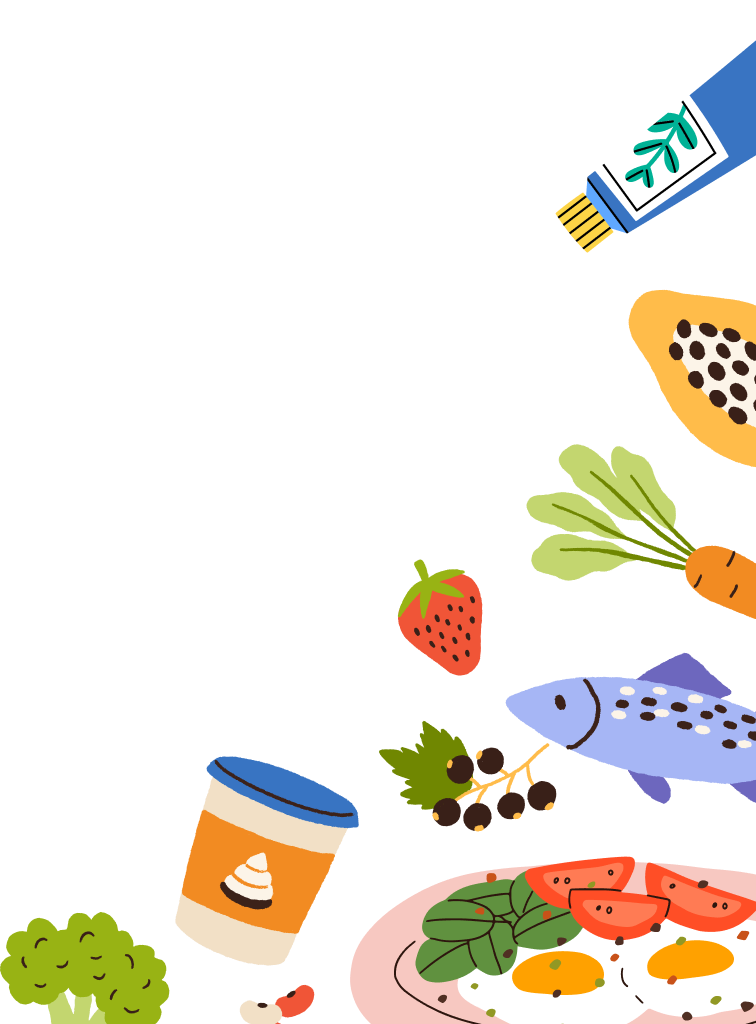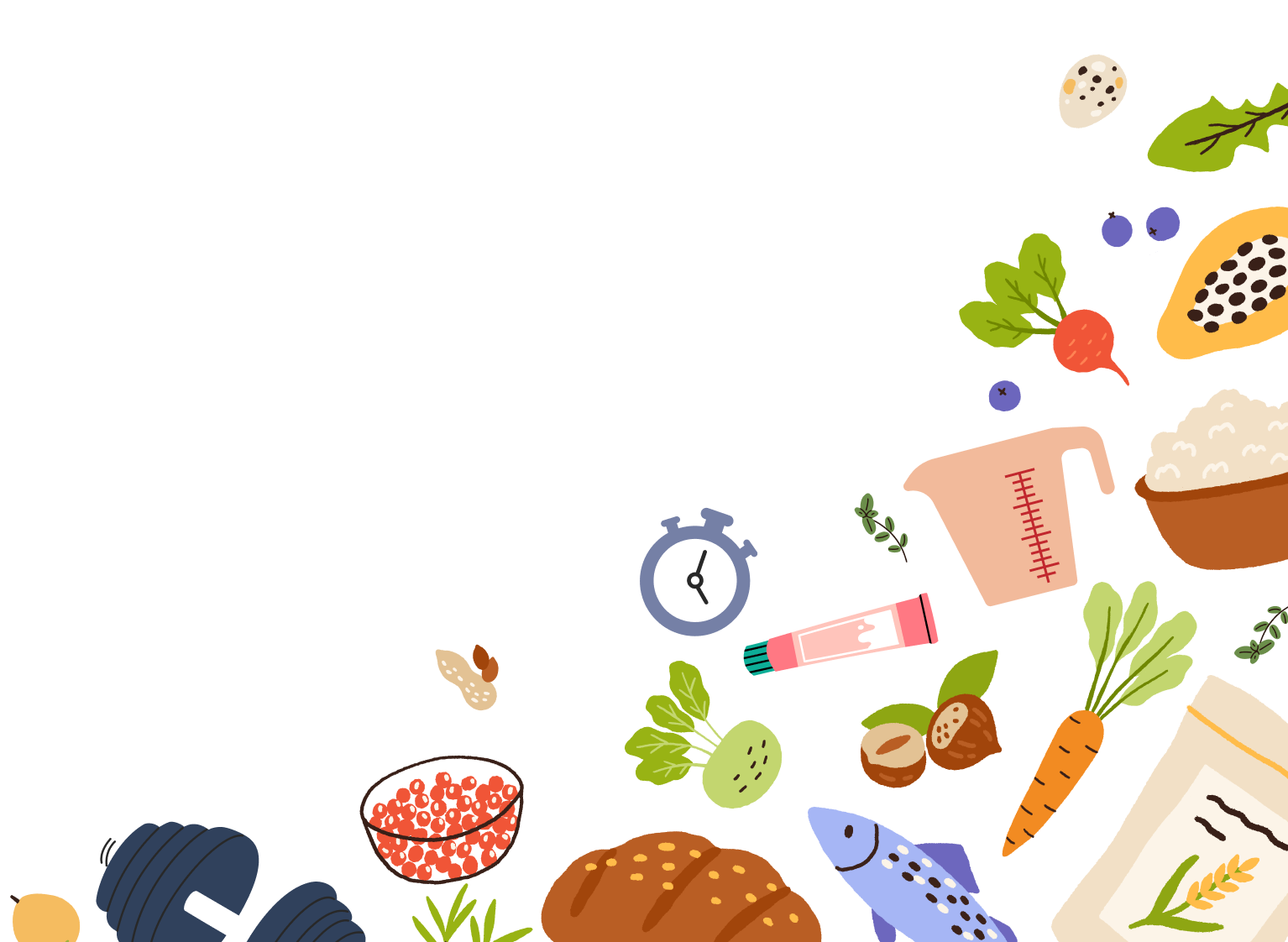FODMAP Certifications Explained: How to Choose IBS-Friendly Foods with Confidence
Understanding the Basics: Why FODMAP Certifications Matter
Confused by Low FODMAP Certified and FODMAP Friendly logos? This easy guide explains the key differences between these certifications, helping you confidently choose gut-friendly foods for your Low FODMAP diet and IBS symptom management. FODMAP stands for fermentable oligosaccharides, disaccharides, monosaccharides, and polyols, a subset of carbohydrates generally poorly absorbed in the intestines. Before diving into this article, consider reading up on each specific component of FODMAP: fermentable oligosaccharides, disaccharides, monosaccharides, and polyols.
Now that you’ve got the basics, why do FODMAP certifications matter? Despite the tight regulations in place by the Food and Drug Administration (FDA), companies cannot actually use the term ‘Low FODMAP’ on any food labels. Instead, you might find phrases such as ‘FODMAP-friendly’ or, even better, the Monash University Low FODMAP certification logo. The list of foods that contain FODMAPS is extensive, and it can feel almost impossible (and definitely overwhelming) to try to remember them all, especially if you are still making your way through the elimination diet.
There are currently two certifying bodies for FODMAP foods: Monash University and FODMAP Friendly. This means both organizations pay a third party to complete the extensive testing required to detect FODMAPs. Once this testing has been completed, the logo of either FODMAP Friendly or Monash University will be displayed on the product (typically on the back near the nutrition label). See below for examples of these certifications, courtesy of FODMAP Everyday:

These certifications are incredibly important and help those dealing with Irritable Bowel Disease (IBS) to identify safe foods and quickly eliminate confusion. As long as you stick to the serving size denoted on the label, these foods are safe for you!
Low FODMAP Certified (Monash University): The Gold Standard
Monash University stands out far above the rest when it comes to FODMAP education, patient resources, and now, food product certifications. Monash is a leading clinical resource for patients living with IBS. It has also created the Monash University FODMAP Diet app, which provides easy-to-digest FODMAP information and is constantly being updated. The research team at Monash has truly outdone itself, with the above app containing the largest food database on the market.
The rigorous testing focuses not only on ingredients, but also on ingredient weights in each food. Some food items may at first glance appear to be Low FODMAP, but given the amount of each ingredient, they could actually be a high-FODMAP product. The Monash University testing eliminates this confusion and risk. Keep an eye out for the Monash logo and check out their blog for more information.
FODMAP Friendly Certification: Broadening Your Low FODMAP Choices
FODMAP Friendly is another trusted program that helps identify, test, and certify Low FODMAP foods. As pictured above, their clear (and green) label helps make shoppers more confident and saves time by eliminating the ‘guesswork’. Similar to Monash, FODMAP Friendly is a cache of clinical resources, recipes, and product libraries. They also have an app which is routinely updated, and utilize a third-party lab to determine exact amounts of FODMAPs in foods. Remember, some FODMAPS are allowed (i.e., your ‘FODMAP Friendly’ certified granola bar has honey in it). These certifications are not meant to find ‘no-FODMAP’ foods, but highlight products with low enough levels to be well-tolerated by IBS folks.
Making the Right Choice: Using Certifications for Gut Health
Luckily, both Monash University and FODMAP Friendly are global health systems, and products with these certifications can be found worldwide. This means wherever you are, with the help of the Monash or FODMAP Friendly apps, you can quickly identify Low FODMAP certified foods and stay away from foods only disguised as such. Always adhere to the serving size on the product label, as increased consumption could very well turn your Low FODMAP snack into a high-FODMAP problem. Personal tolerance is also something to be considered. If, throughout the elimination and reintroduction process, you found yourself to be very sensitive to certain Low FODMAP foods, it would still be best to avoid those - your gut will thank you for it!
-
FODMAP Certification Program | Fodmap Accreditation | FODMAP Friendly. (2020). Fodmapfriendly.com. https://fodmapfriendly.com/the-fodmap-friendly-program /
-
Low FODMAP Diet | IBS Research at Monash University - Monash Fodmap. (n.d.). www.monashfodmap.com. https://www.monashfodmap.com
-
Wilson, D. (2019, June 12). How To Read A Low FODMAP Certified Food Product Label - FODMAP Everyday. FODMAP Everyday. https://www.fodmapeveryday.com/how-to-read-a-low-fodmap-certified-food-product-label/



















Comments
Join The Conversation...